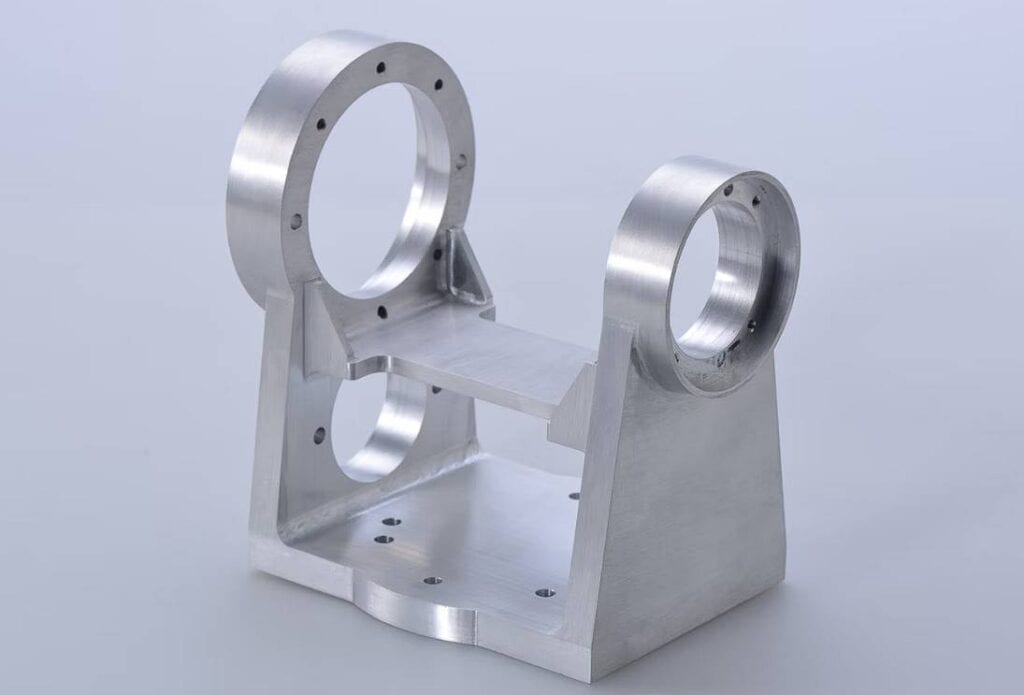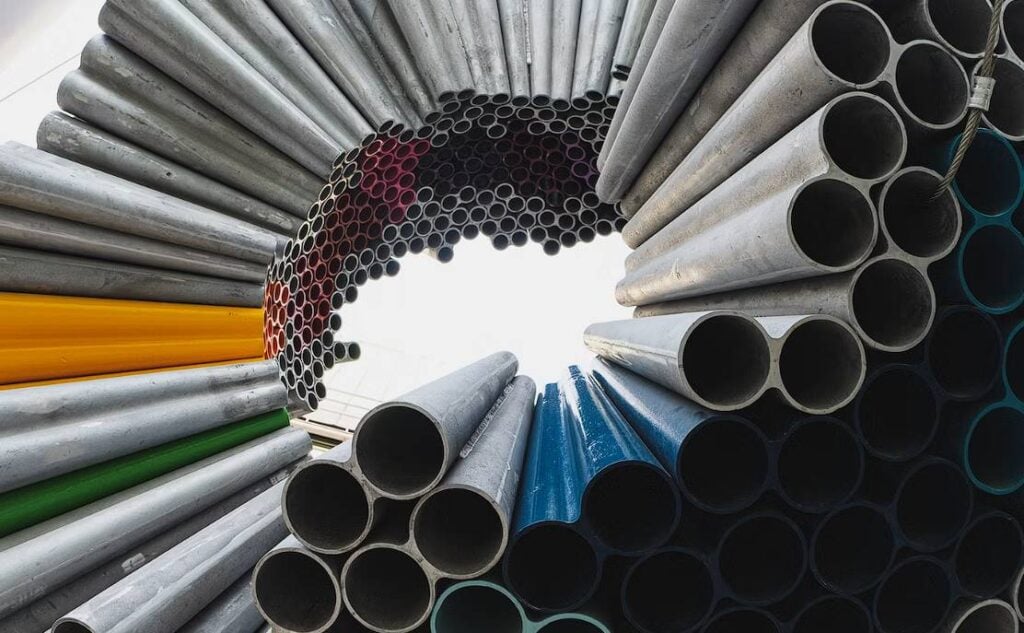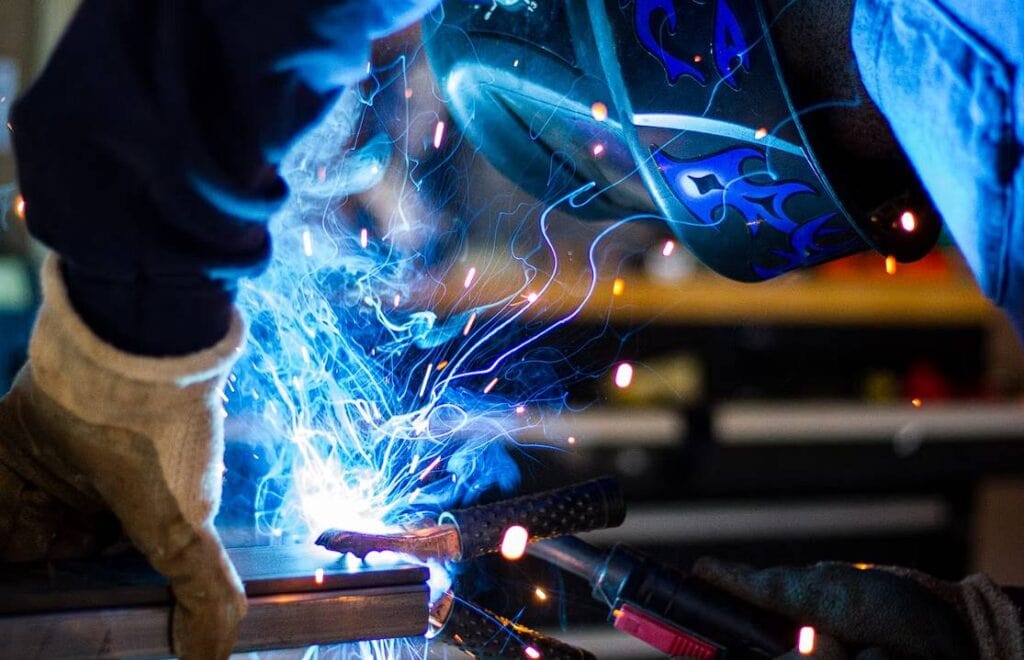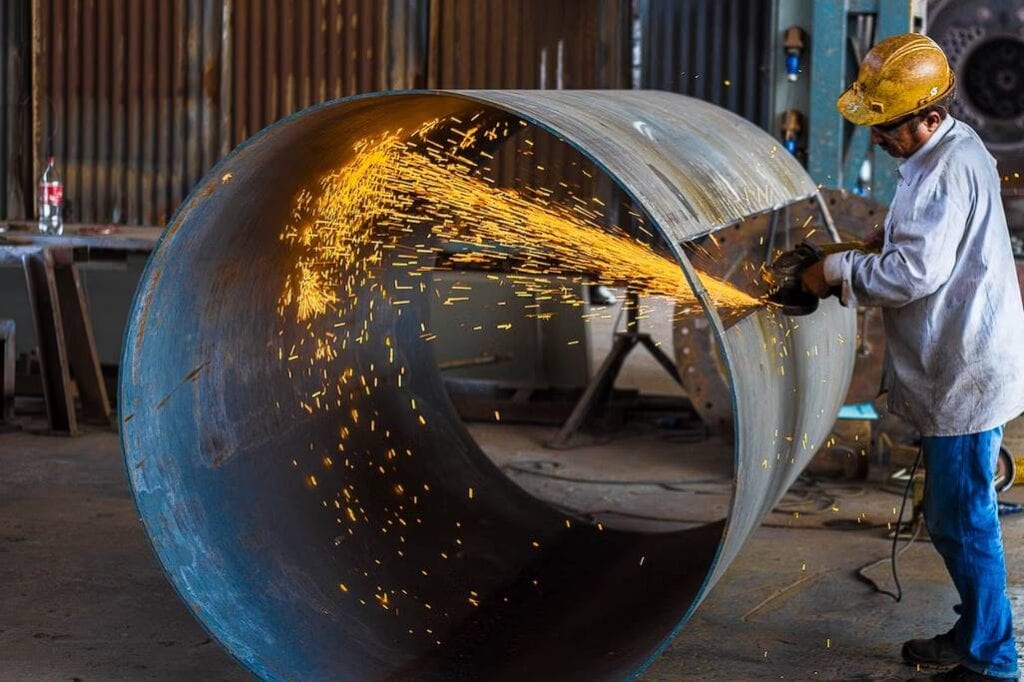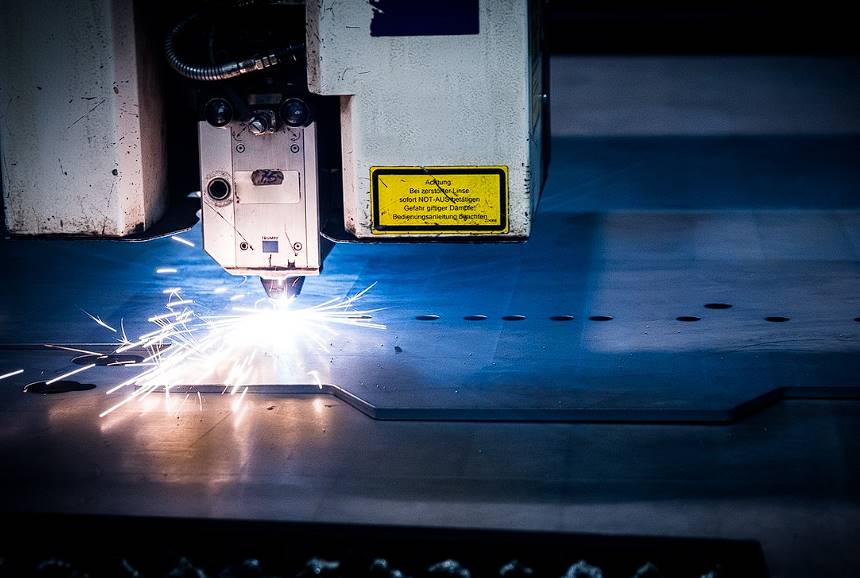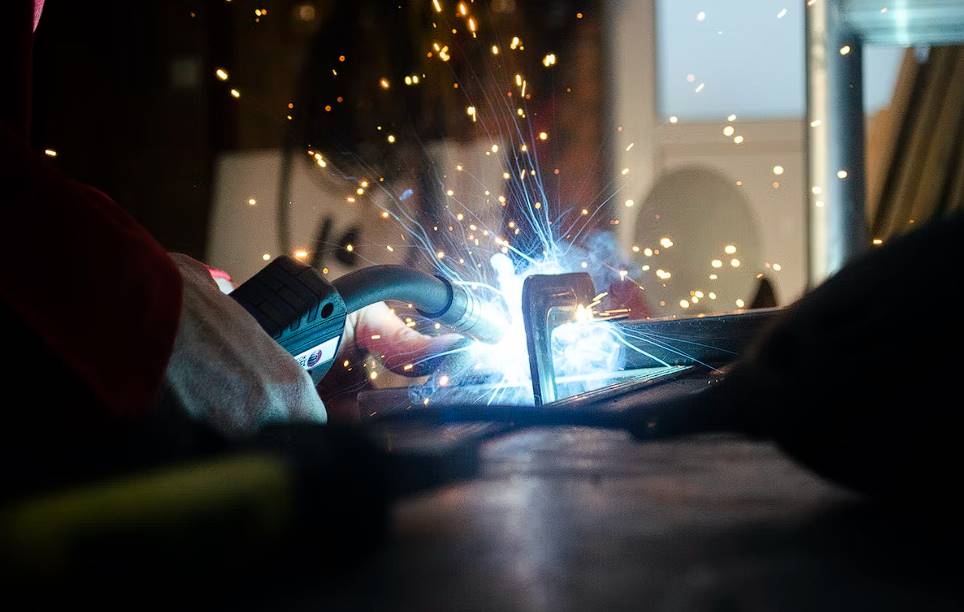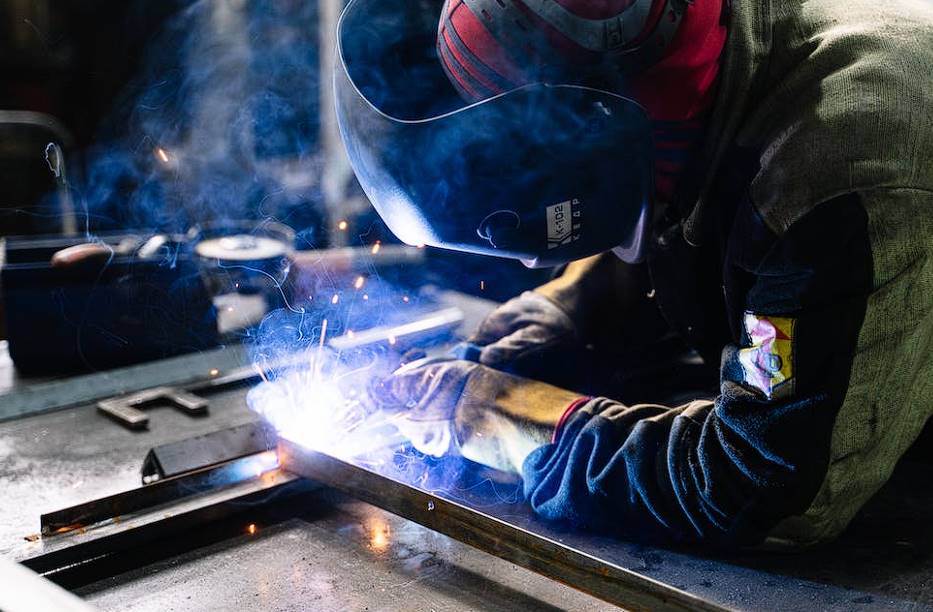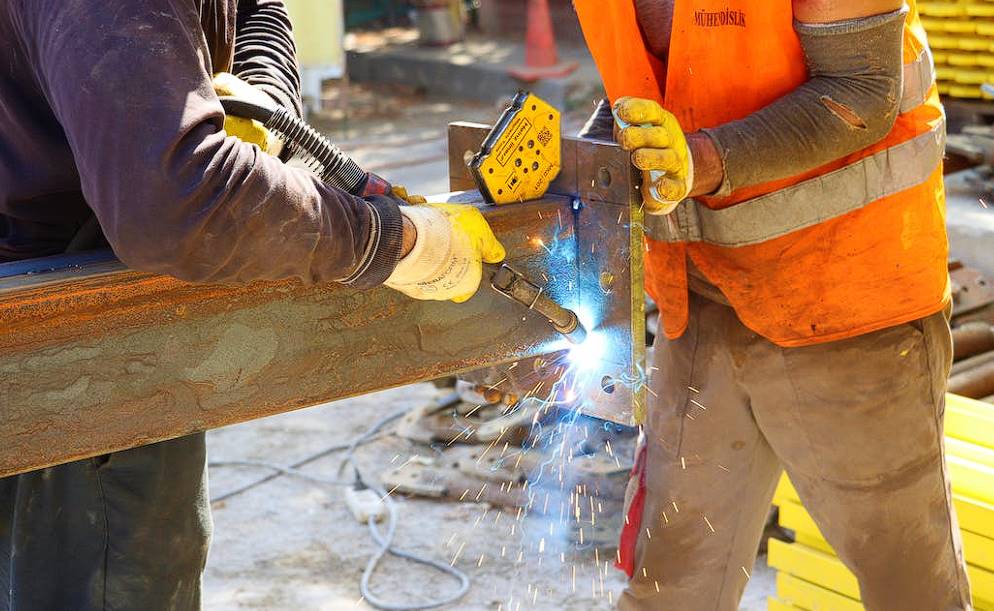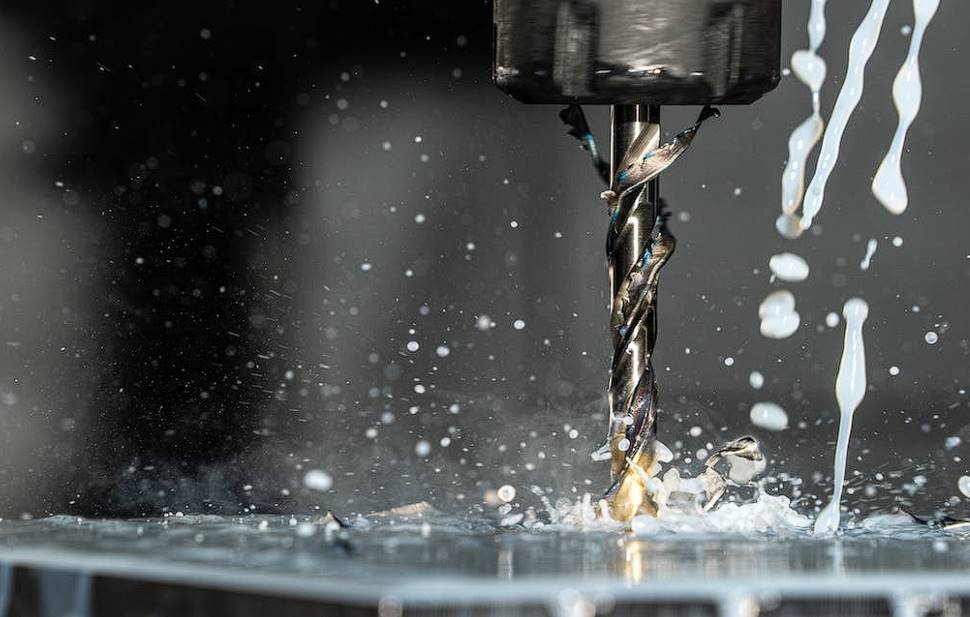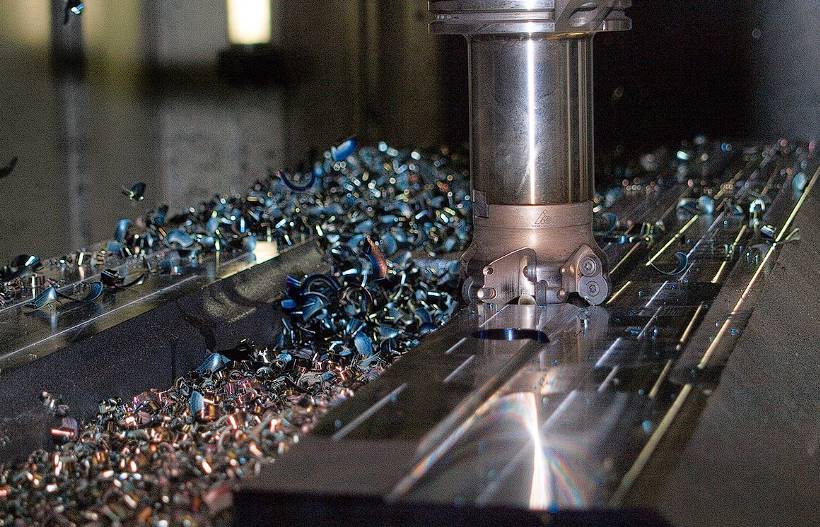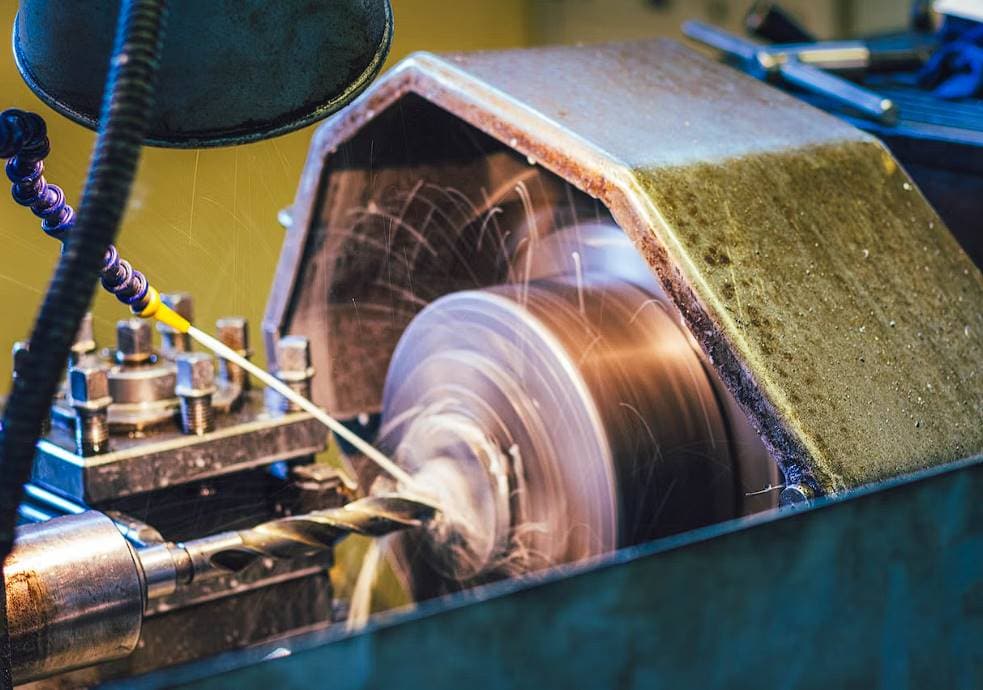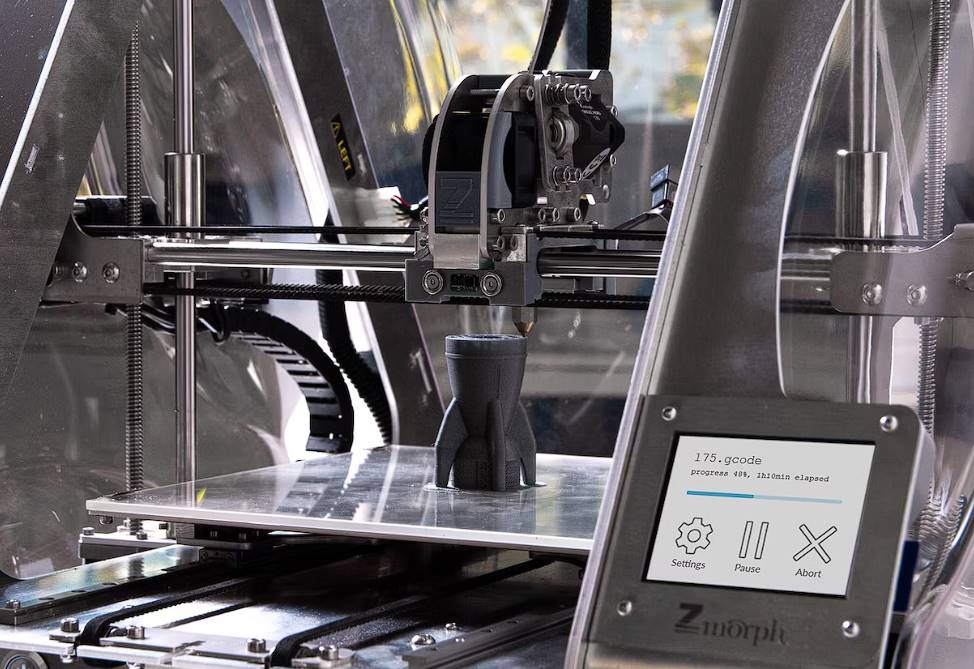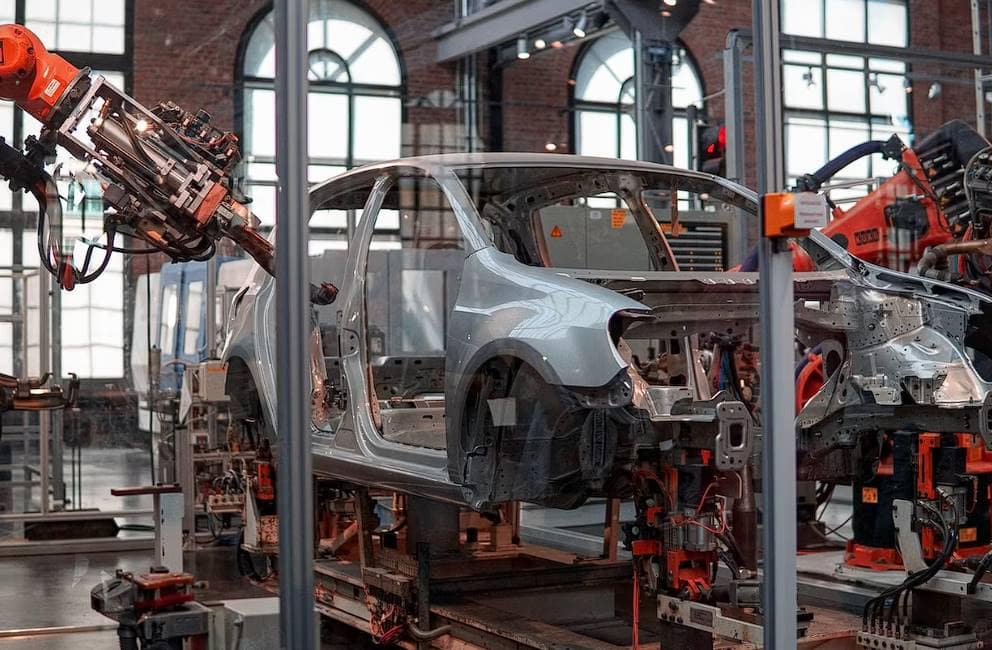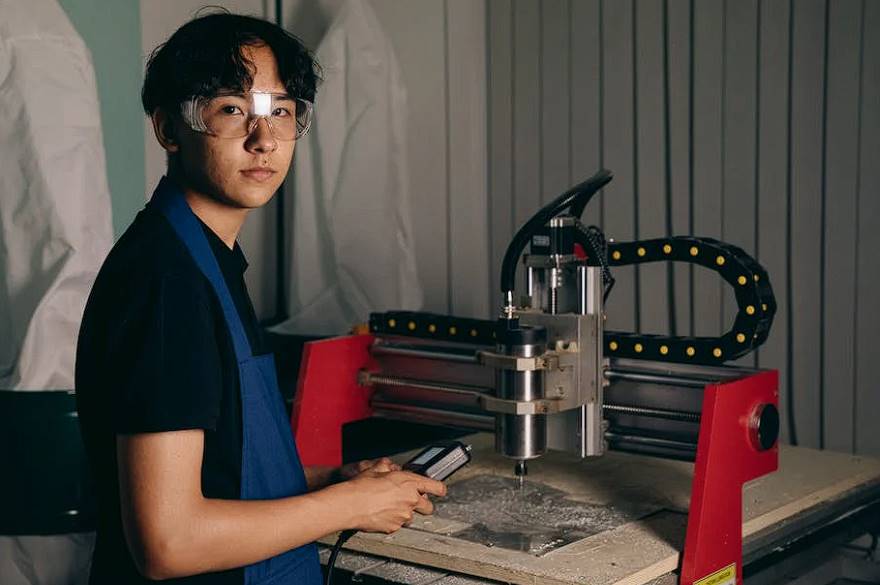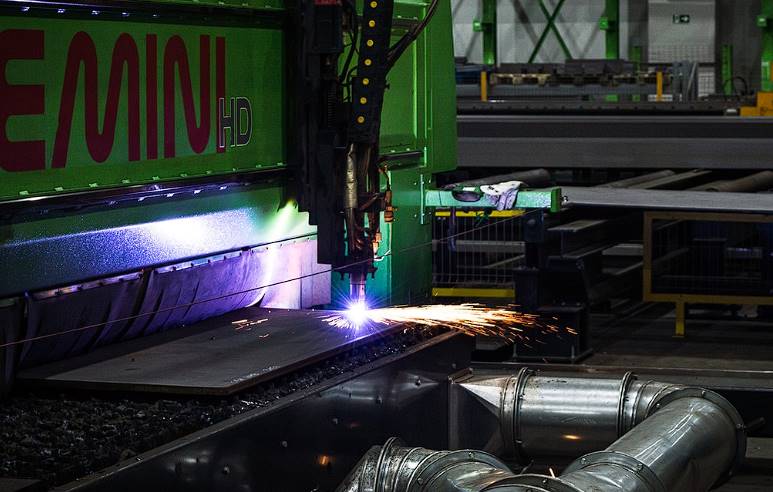Welding, the process of welding two pieces of material (often metal) together by means of pressure, heat, or filler, is an interesting one. Therefore, numerous welding methods are needed for this procedure. MIG and TIG welding are two of the most widely used processes in the welding industry. Both of these acronyms refer to quite distinct types of welding.
What differentiates one from the other? We'll compare MIG and TIG welding and explain when to use each technique and their benefits and drawbacks to help you make an informed decision. The plan is to continue. The paper will also compare MIG and TIG welding and highlight the key differences between the two processes.
In addition, by contrasting TIG and MIG welding, you can make an informed decision; we know how difficult it may be to decide between these two popular welding methods. What follows are some of the considerations that should guide your decision.
What Is MIG Welding?
The process known as Metal Inert Gas welding, also known simply as MIG welding, makes use of an electrode that is constantly moving to generate an electric current. The filler wire is continuously fed from this electrode when the operator pulls a trigger on the MIG torch.
Welds are created when a wire is kept in constant contact with steel, causing the wire to melt and deposit its molten metal onto the workpiece via positive and negative electrical connections.

Advantages Of MIG Welding
MIG welding has numerous benefits, so let's get right to them.
Weld Speed
MIG welding is faster than stick, TIG, and most other welding methods, even when using novice welding techniques. Pulse-on-pulse technology and a continuous feed wire hold the key.
Since the electrode may be fed to the weld by a welding machine or a spool-gun MIG flame, this method is among the quickest and easiest to master.
Weld Quality
You can make reliable, high-quality welds since the weld pool is easy to see and the welding process is straightforward. Because of its consistency, MIG welding is among the most often utilised techniques.
Deep Penetration
When the appropriate amperage settings are used, MIG welding can produce welds on various materials, including aluminium, stainless steel, and magnesium.
No Stub End Losses
Some electrode wires are always lost at the beginning and end of every stick weld. This stub end loss could account for a third of the electrode wire used. Significant cost savings are realised since no stub ends are lost during MIG welding, and little time is lost in replacing them.
Versatility
Because it can be done manually, semi-automatically, or automatically, MIG welding is one of the most adaptable processes, and it can be used on a wide variety of metals.
Beginner-Friendly
Since there isn't much to learn and the MIG torch is fully automated, it's often the first type of welding that novices try. These factors free them from the distraction of welding equipment's complexities, allowing them to concentrate on learning the craft.
Even if you have never welded before, you can pick up MIG welding basics in hours. Some online teachers say they can get you through the basics in half an hour, with most of their time spent on how to clean the weld properly.
Long-Pass Welding
When longer welds with greater strength and aesthetic appeal are required, rapid welding processes, such as MIG, are ideal. Continuous wire feed allows for the rapid deposition of more weld material than is possible with any other technique.
Higher Productivity
Speed, long-pass welds, and less downtime all contribute to MIG welding's productivity advantage over stick and TIG welding. Greater productivity is the norm in the manufacturing of machinery and equipment, the fabrication of pipes and vessels, and the construction of buildings out of steel.
Clean Process
When compared to other welding methods like stick welding, MIG welding is more hygienic because a shielding gas protects the arc, and therefore no flux contaminates the weld.
Disadvantages Of MIG Welding
While MIG welding has many benefits, it has some drawbacks you should be aware of before starting a project.
Higher Set-Up Cost
Most forms of welding equipment are less expensive than high-quality MIG welding machines. Tungsten inert gas (TIG) welding, stick welding, and plasma cutting are some of the extra processes that can be carried out with most high-end MIG welding machines.
Fast Weld Pool Cooling
Welds free of slag can cool more quickly during welding, leading to larger and more robust weld beads. Since spatter is a major weld contamination source, the wire feed speed must be increased.
Regular Gas Changes Are Necessary
Since the wire is constantly fed during MIG welding, the weld pool must be kept clean by exchanging the shielding gas regularly. Because of this, MIG equipment is more expensive overall.
More Maintenance Required
Maintenance on the MIG welding machine is more involved than on a simpler machine like a stick welder.
Maintaining your MIG machine means cleaning the gun, inspecting the wire spool, switching out the gas, and replacing the contact tips and nozzles to keep it running smoothly.
Undercutting And Burn-Throughs
The MIG welding machine's stable voltage output allows for the possibility of burn-throughs and undercuts.
Burn-through is a common result of welding on thin materials. When the tungsten electrode is not shielded from the purge gas, undercutting occurs.
Although undercuts frequently show up on the other side of a product, this is not always the case.
Limited Positions
Since the welding puddle is so fluid and the MIG welder's heat output is so high, vertical or overhead welding is not possible. Only some people need to worry about this, especially if their welding doesn't call for any of the above positions.
What Is TIG Welding?
TIG is an abbreviation for "tungsten inert gas," in case you were wondering. TIG welding is described. To put it plainly, it uses long rods to join two metals. Due to the disjointed nature of the filler material and the torch, you'll need both hands for this task.
However, this particular kind of welding doesn't need any filler metal. TIG welding, in particular, can produce a strong joint without the use of filler metal. TIG welders use a foot pedal to regulate the current flowing to the work surface.
Advantages Of TIG Welding
The Process Used In TIG Welding Is Cleaner.
TIG welding allows you to work with various metals because it employs an inert gas. This has the added benefit of having a smaller ecological footprint than conventional welding techniques. If you're trying to seal a joint, you can breathe a little easier, knowing that argon is relatively harmless when it escapes into the atmosphere. The GTAW technique is the most environmentally friendly option for those who weld.
This method of welding produces a bead with significantly reduced lag. Therefore, fewer flaws occur when the correct TIG welding technique is used.
Welder Heat Is More Manageable.
When TIG welding, a foot pedal is used to regulate the welder's output temperature. Since you constantly use the system, you will have fewer problems burning the metal or discolouration. This method of bead-making saves time and effort because it eliminates the need for filler material.
The pedal functions similarly to that of a car. As you steadily apply pressure with your foot, you'll generate the heat necessary for a good weld. When you've got it down, there will be a little mess when you do this.
TIG Welding Produces Less Smoke And Fewer Fumes.
No smoke or fumes are produced when you begin working a puddle with TIG welding. Working with metal that contains impurities or materials that could be dangerous is the only exception to this rule. It's important to thoroughly clean the foundational components before beginning construction. If you aren't careful, oil, zinc, paint, lead, and grease will all cause problems, including a bad bead and a subpar end product.
TIG Welding Provides Greater Precision.
When used properly, a TIG welder can produce welds with greater precision than conventional methods. When compared to other welding methods, the results are typically of a higher quality.
Many people find welding to be a challenging skill to master because it requires using both hands at once: one to hold the welding torch and the other to hold the filler material.
You should take a class or undergo training if starting with TIG welding.
A TIG Welder Can Be Used In Almost Any Position.
TIG welding's main benefit is that it can be performed in a number of different settings. With this method, you can weld in any direction, including up, down, and to the side. However, not all welding procedures allow for this, as some call for the torch to be pointed downward. This method is ideal for installing an overhang or performing other tasks that require you to work in a precarious position.
More Metals And Alloys Can Be Welded.
Chromoly, aluminium, steel, stainless steel, magnesium, copper, nickel alloys, brass, and even gold can all be welded using TIG welding techniques. This method can be used to fix virtually any piece of home machinery. For example, the ability to precisely control the weld bead is invaluable when working on an automobile.
Disadvantages Of TIG Welding
The Cost Of TIG Welding Is Higher Than That Of The Alternative Processes.
Since TIG welding takes significantly longer than MIG welding, it costs significantly more. In addition, you need to deal with slow deposition rates, expressed as pounds per hour deposited at a given welding current. Going this route means you can avoid spending money on repairs and new wires, but this benefit is offset by the need to purchase rods.
Using a different method is usually more cost-effective if you regularly require clean and aesthetically pleasing welds.
You Must Keep In Mind The Proper Polarity For Your Welds.
While TIG welding, you can employ either direct or alternating current to make a bead. To achieve the desired effect with certain metals, it is necessary to select the appropriate polarity and fine-tune the balance. A contaminated bead may result from forgetting to adjust the settings between metals. If you try to form a joint on aluminium oxide, for example, you might not even be able to break through the surface layer.
TIG welding aluminium requires waiting until a puddle forms with a shiny dot in it before beginning to create a bead. That means you're past the oxide and can begin adding filler.
TIG Welding Allows You To Create Craters In Your Work Easily.
Craters can form any time during TIG welding, an issue with every TIG welding technique. When using TIG, this typically occurs at the final stage of the welding process. Too rapid a power cut will cause the puddle's temperature to drop too quickly. This issue can also arise if the filler rod is removed too quickly at the job's completion. Since this disadvantage frequently causes cracking, you'll want to address it by gradually decreasing the current while feeding the filler rod.
This problem can be mitigated using the automatic current reduction feature on some TIG welders. They are more expensive but usually deliver the desired results.
TIG Welding Is All About Technique.
You're doomed to perpetually subpar results if you don't know what you're doing with the TIG welding process. Getting these welds done right and making sure your tools are in good working order takes more time. Clean the metals you're working with before you start if you want a professional-looking outcome.
If the metals you'll be working with are contaminated, a stick welding machine is your best bet. To be effective, you'll need to employ not just one but both hands and a foot. Welders are known to work while balancing on one leg frequently.
Contamination Problems May Result From Inadequate Gas Coverage.
Contamination problems may arise during the TIG welding process if the shielding gas does not provide adequate coverage. Visual quality might need to be improved or more sufficient amounts. The problem persists regardless of how favourable your ratios are, and the problem persists because the wind can blow away the shielding gas.
Most people find that when they try to weld with a mixture of argon and carbon dioxide, the resulting welds are almost immediately contaminated. A shielding gas composed entirely of argon is typically the most effective option. Next, inspect the hoses and connections and ensure no leaks are present.
TIG Welding Processes Make Cutting Work Difficult.
When two products have been welded together in the past, disassembling them can be difficult without harming both of them. It's possible to achieve success, but doing so typically necessitates the assistance of a trained expert. Even then, there's no promise that the result will live up to your hopes. TIG welding equipment is not typically reusable after it has been used to complete a weld.

The Difference Between TIG And MIG Welding
You likely already know that TIG and MIG welding are distinct processes, but you may be wondering how these differences manifest in practice. Below, we'll compare and contrast TIG and MIG welding:
Metal Thickness
One must also consider metal thickness when comparing TIG and MIG welding. MIG welding is more effective than TIG welding on various metals, including aluminium and steel. Even so, locating the top TIG welder for aluminium is possible. The best aluminium welders will have a high rate of travel and excellent precision.
Control
Is it better to learn MIG or TIG welding? Unlike TIG welding, which necessitates skill in timing and balancing materials with both hands, MIG welding can be learned and controlled by beginners.
Speed
MIG welding is faster than stick welding because it can be left running for longer. In contrast, TIG welding takes much more time to complete because of its meticulous nature. Naturally, this is a wonderful quality, but it slows things down and makes it inappropriate for high production volumes.
Technique
These approaches range in how they accomplish their goals. In contrast to TIG welding, which necessitates the use of two hands (one to direct the flame and the other to add filler metal to the weld.), MIG welding only requires the use of one hand (to feed the wire electrode through the gun).
Difficulty
Inexperienced welders may need help to hold the filler material in one hand while operating the welding torch with the other during a TIG weld. However, since the wire is continually fed during MIG welding, it is a much simpler method.
Conclusion
MIG welding is a widely used process in the welding industry, using an electrode constantly moving to generate an electric current. The filler wire is continuously fed from the electrode when the operator pulls a trigger on the MIG torch, creating welds when a wire is kept in constant contact with steel. MIG welding has numerous benefits, including faster welding speed, high-quality welds, deep penetration, no stub end losses, versatility, and a more hygienic process.
However, MIG welding has some drawbacks, such as higher setup costs, faster weld pool cooling, regular gas changes, more maintenance, undercutting and burn-throughs, limited positions, and high heat output. It is more expensive than other welding methods, and it requires more maintenance than a simpler machine like a stick welder.
TIG welding, on the other hand, uses long rods to join two metals without filler metal. TIG welding uses a foot pedal to regulate the current flowing to the work surface, making it cleaner and more environmentally friendly. It produces a strong joint without the use of filler metal, and the system is more manageable due to the constant use of the system.
In conclusion, MIG and TIG welding are two popular welding methods that offer different benefits and drawbacks. While MIG welding is faster, it is more hygienic and has a lower set-up cost compared to other welding methods. TIG welding, on the other hand, is more environmentally friendly and has fewer drawbacks, such as cleaner processes, cleaner filler materials, and more manageable welder heat. TIG welding is a welding technique that uses a pedal to generate heat and generate heat, producing less smoke and fumes. It is more precise than conventional methods and can be used in various positions, such as up, down, and to the side. TIG welding can be used on chromium, aluminium, steel, stainless steel, magnesium, copper, nickel alloys, brass, and gold.
However, TIG welding has several disadvantages, including higher costs, slow deposition rates, and the need to select the appropriate polarity for the welds. Contamination problems may arise during the TIG welding process if the shielding gas does not provide adequate coverage. To avoid this, it is essential to clean the metals before starting and use both hands and a foot.
TIG welding processes can make cutting work difficult, as disassembling the welded products can be difficult without harming both. TIG welding equipment is not typically reusable after being used to complete a weld.
Metal thickness is another factor to consider when comparing TIG and MIG welding. MIG welding is more effective on various metals, such as aluminium and steel, and can be learned and controlled by beginners. TIG welding is faster than stick welding, but takes longer to complete due to its meticulous nature.
Techniques also vary between TIG and MIG welding. MIG welding requires one hand to feed the wire electrode through the gun, while TIG welding requires two hands to direct the flame and add filler metal. Inexperienced welders may need help holding the filler material in one hand while operating the welding torch with the other during a TIG weld.
In conclusion, TIG and MIG welding are distinct processes with their own advantages and disadvantages. Understanding the differences and utilizing the appropriate techniques can help ensure a successful and professional-looking outcome in both welding processes.
Content Summary
- MIG and TIG welding are two widely used welding processes in the industry.
- MIG welding, also known as Metal Inert Gas welding, uses a continuously moving electrode to generate an electric current and deposit molten metal onto the workpiece.
- Advantages of MIG welding include high weld speed, weld quality, deep penetration, no stub end losses, versatility, beginner-friendliness, long-pass welding, higher productivity, and a clean process.
- Disadvantages of MIG welding include higher setup cost, fast weld pool cooling, regular gas changes, more maintenance, undercutting and burn-throughs, and limited positions for welding.
- TIG welding, or tungsten inert gas welding, uses long rods and does not require filler metal in some cases.
- Advantages of TIG welding include a cleaner process, manageable welder heat, less smoke and fumes, greater precision, and the ability to weld in various positions and a wide range of metals and alloys.
- Disadvantages of TIG welding include higher cost, polarity considerations, easy formation of craters, technique-dependent results, contamination problems, and difficulty in cutting work.
- MIG welding is faster and easier to learn, while TIG welding offers greater precision and versatility in positions and materials.
- MIG welding is suitable for thicker metals and provides faster welding speed, while TIG welding is more precise and cleaner.
- MIG welding requires one hand to feed the wire electrode, while TIG welding requires both hands for the torch and filler material.
- Inexperienced welders may find TIG welding more challenging due to the need for coordination with both hands.
- Both MIG and TIG welding have their advantages and disadvantages, and the choice depends on the specific requirements of the project and the welder's skill level.
Frequently Asked Questions
Yes, MIG welding can be used to weld aluminium. However, it requires a special type of MIG welding called "MIG Aluminum Welding" or "Pulsed MIG Welding." This technique uses a spool gun or a push-pull gun to feed the aluminium wire, providing better control and feeding of the soft wire.
Both MIG and TIG welding can be used for stainless steel. MIG welding is faster and more suitable for thicker sections, while TIG welding offers better control and is preferred for thin stainless steel sheets or intricate welds.
TIG welding is well-suited for welding dissimilar metals, such as carbon steel or aluminium, to stainless steel. The precise control and ability to adjust the heat input make creating sound welds between different metals easier.
MIG and TIG welding are different processes with their advantages and limitations. While some projects may allow for interchangeability, it is important to consider factors such as material type, joint configuration, desired weld quality, and production requirements before deciding on the welding method.
MIG welding is commonly used for automotive repairs due to its speed and ease of use. It allows for quick repairs on automotive panels and structures. However, TIG welding may be preferred for critical repairs or restoration work where superior weld quality and precision are desired.


